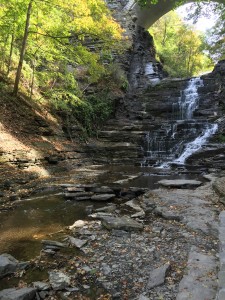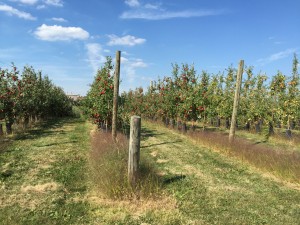Last Wednesday I attended the talk given by Gregory Sloan, whose focus is in space research. Sloan presented his ideas about how the trial of Galileo was more than an issue of innovative scientific ideas being repressed by the traditional thinkings of the church. Rather, he argued that this controversy was far more complex and stems from the natural human instinct to work in one’s best interest, which is a theme that is as relevant today as it was in Galileo’s time, though it tends to manifest itself in other forms.
It’s a well-known fact that Galileo pushed the limitations of contemporary science to a controversial extent with his creative use of the newly-invented telescope, meticulous observations, and audacity to publicize his views despite the dangers in doing so. It is also known that the Pope was enraged by Galileo’s radical theories that directly contradicted scripture. However, Sloan proposed the idea that religion was merely the backdrop to the issue. More central was the fact that Galileo was trying to undermine a centuries-old perception of ourselves in regard to the universe. Despite the evidence in favor of Galileo’s findings, people stubbornly wanted to hold on to the comfort to what they had believed in their whole lives.
This same concept is seen everywhere, from the initial backlash on the topic of climate change, to the denial that cigarette smoking is detrimental to one’s health. Whether the context is religious or financial, the motivation is the same. Namely, a strong interest to protect the status quo.
I think that this talk provoked several interesting questions that I had never before considered. I would have liked to hear more about Sloan’s own research, but overall the talk was quite enjoyable.


